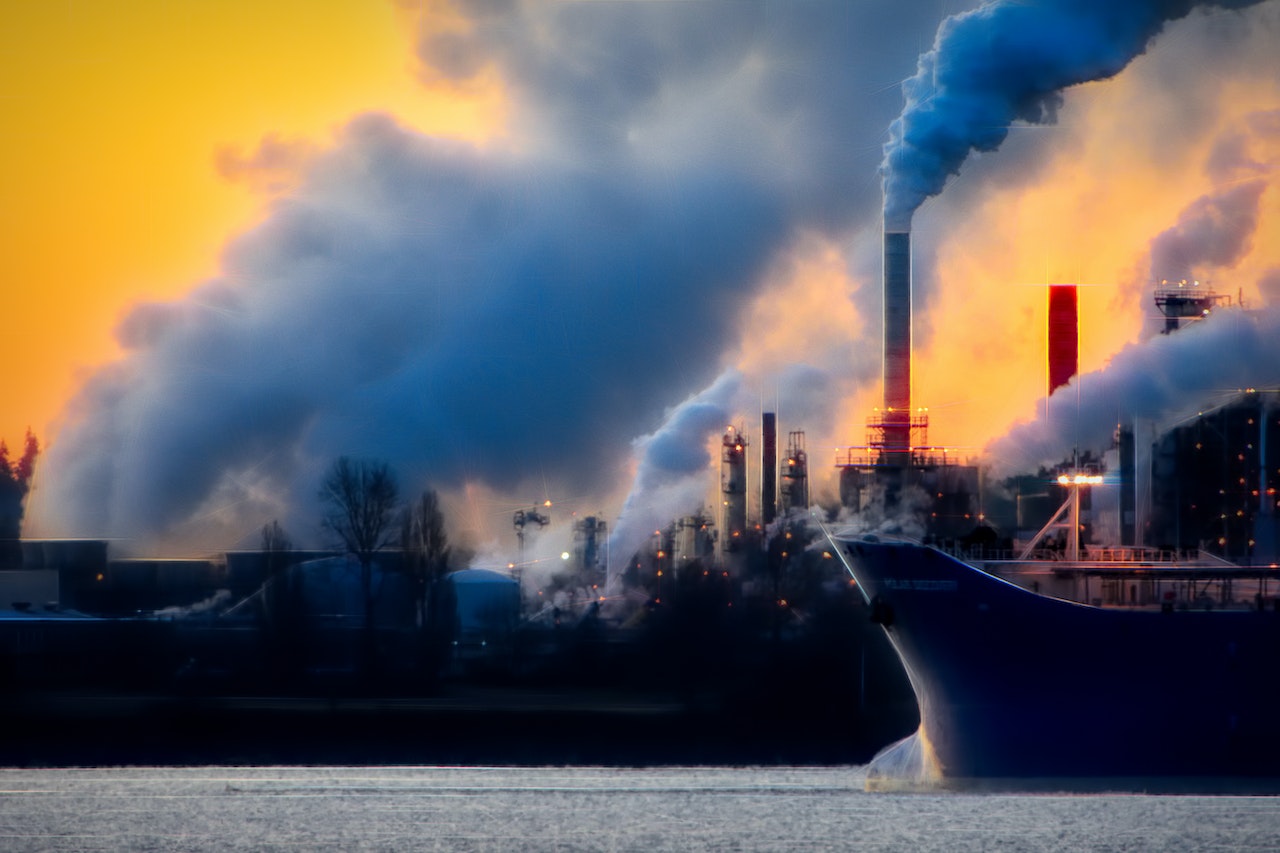Climate change is undeniably one of the most pressing issues of our time, and the need for immediate action has never been greater. But while we all share the responsibility to tackle this global crisis, the startling truth is that the distribution of carbon emissions is far from equal. This article delves into the shocking data on carbon inequality and highlights the true culprits behind the ongoing environmental catastrophe.
The 1% vs. the 99%: A Tale of Carbon Footprints
According to a study by {Oxfam}[https://en.wikipedia.org/wiki/Oxfam], the wealthiest 1% of the world’s population is responsible for more than twice the combined carbon emissions of the poorest 50%. The gravity of this imbalance becomes clearer when we look at some key figures:
- The richest 1% emit 15% of global CO₂ emissions.
- The poorest 50% emit only 7% of global CO₂ emissions.
How Wealth Affects Carbon Emissions
The correlation between wealth and carbon emissions can be attributed to various factors:
- Consumption patterns: Wealthier individuals tend to consume more goods and services, leading to higher emissions.
- Transportation: The use of private jets, luxury cars, and yachts by the wealthy significantly contributes to their carbon footprint.
- Housing: Larger homes and multiple properties require more energy for heating, cooling, and lighting, adding to emissions.
The Role of Corporations
Not only are the world’s wealthiest individuals contributing significantly to carbon emissions, but so are the corporations they own and manage. Some alarming statistics include:
- 100 companies are responsible for 71% of global greenhouse gas emissions since 1988.
- The top 10% of companies in terms of emissions account for 45% of global emissions.
What Can Be Done to Address Carbon Inequality?
To effectively combat climate change, we must address carbon inequality and hold the biggest culprits accountable. Here are some possible solutions:
- Implement progressive carbon taxes: Taxing carbon emissions at a higher rate for wealthier individuals and corporations can help to both reduce emissions and fund climate-friendly initiatives.
- Promote sustainable consumption: Encourage everyone, especially the wealthy, to adopt more sustainable consumption habits, such as reducing meat intake and opting for public transportation.
- Invest in clean energy: Governments and businesses should invest in renewable energy sources like solar and wind to reduce dependence on fossil fuels.
Conclusion
The fight against climate change is not just a collective effort, but also a battle against inequality. By recognizing the role that wealth plays in carbon emissions and taking steps to address it, we can work towards a more sustainable and equitable future. Only then can we truly unmask the true culprits behind climate change and pave the way for a greener tomorrow.













